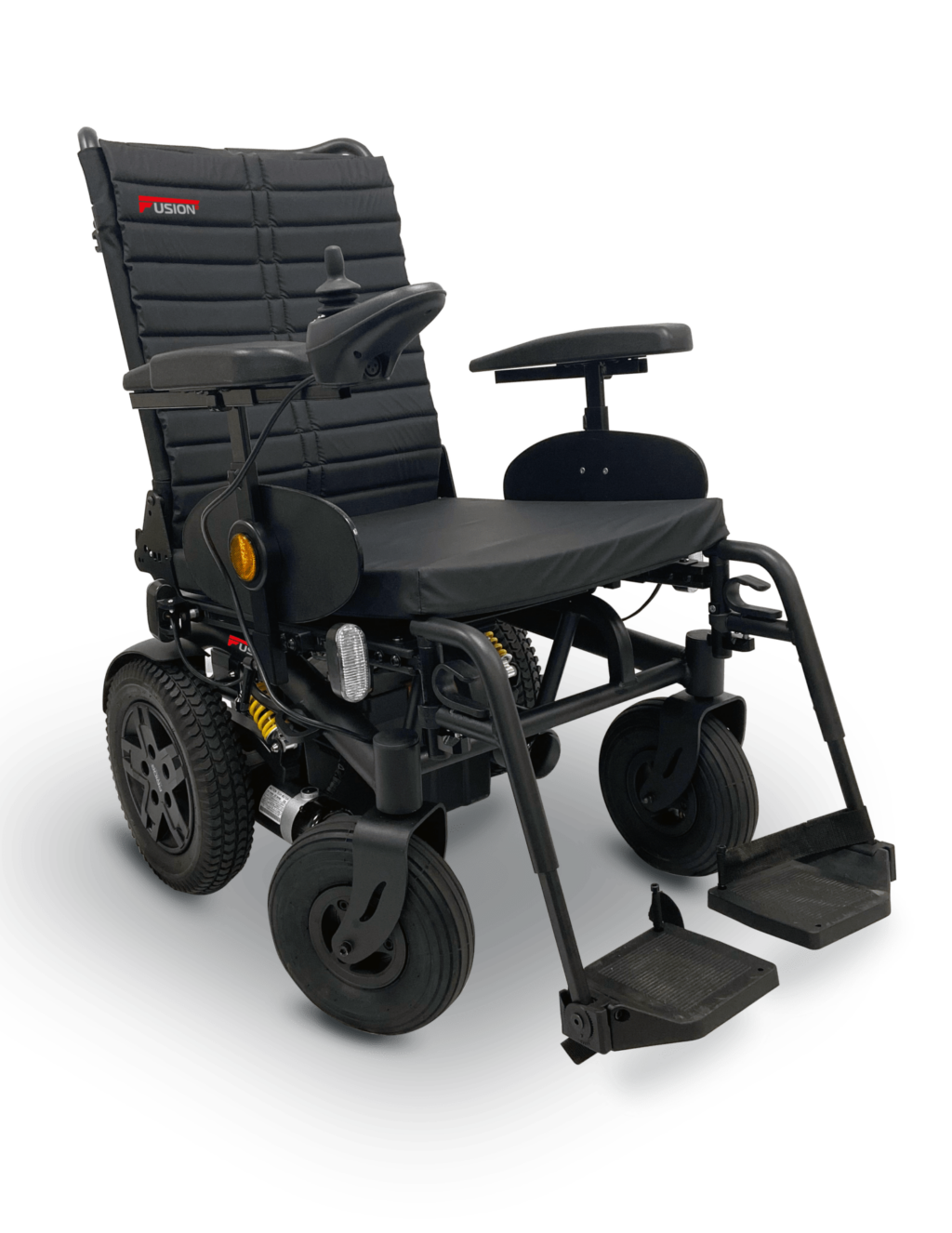Introduction
Mobility aids have revolutionized the lives of countless individuals, enabling them to reclaim their independence and enhance their quality of life. These devices, ranging from wheelchairs to mobility scooters, have empowered users to navigate their daily environments with greater ease and confidence. The following success stories highlight the transformative impact of mobility aids, showcasing how individuals have embraced these tools to overcome challenges and thrive.
Finding Freedom with Mobility Scooters
For many, mobility scooters have become a gateway to renewed freedom and social engagement. Consider the story of Emily, a vibrant retiree who found herself increasingly isolated due to mobility issues. Before acquiring her mobility scooter, Emily struggled with the simplest tasks, such as grocery shopping or visiting friends. The scooter not only restored her ability to perform these tasks independently but also reignited her passion for outdoor activities. Now, Emily can be seen cruising around her neighborhood, attending community events, and enjoying her local park—activities that once seemed out of reach. Discover how Manual Wheelchairs and Strollers have empowered individuals to achieve independence and thrive in their daily lives.
The Empowerment of Power Wheelchairs
Power wheelchairs have been life-changing for individuals with severe mobility impairments. John, a young man with a spinal cord injury, experienced profound changes after transitioning to a power wheelchair. Before this, he relied heavily on others for daily mobility, which limited his opportunities and independence. The power wheelchair equipped with advanced controls has allowed John to navigate his environment independently, pursue higher education, and even start a small business. His story illustrates how such technology can transform lives by offering greater autonomy and opportunities for personal and professional growth.
Overcoming Barriers with Custom Prosthetics
Custom prosthetics have enabled individuals to overcome significant physical barriers and lead fulfilling lives. Sarah, a marathon runner who lost her leg in an accident, feared she would never run again. However, with the help of a custom prosthetic leg designed for athletic performance, she not only returned to running but also completed several marathons. Her story is a powerful testament to the resilience of the human spirit and the capabilities of modern prosthetic technology. Sarah’s journey has inspired many others facing similar challenges to pursue their dreams despite physical limitations.
Enhancing Daily Living with Adaptive Devices
Adaptive devices play a crucial role in facilitating everyday activities for individuals with mobility challenges. Take the example of Tom, an elderly man with arthritis who struggled with basic tasks like dressing and cooking. Through the use of adaptive tools such as grabbers, specialized kitchen utensils, and button hooks, Tom regained his independence in performing these daily activities. These simple yet effective devices have significantly improved his quality of life, allowing him to maintain his dignity and self-sufficiency.
Building Community and Support Networks
Mobility aids not only enhance individual capabilities but also foster community and support networks. Jane, a mother of two with multiple sclerosis, found herself becoming increasingly reliant on her family. With the help of a mobility scooter, she regained her ability to participate in her children’s activities and community events. This newfound mobility also allowed her to join a support group for parents with disabilities, creating a network of friends who share similar experiences and challenges. Jane’s story underscores the importance of mobility aids in building connections and support systems that enrich lives.
Conclusion
The success stories of individuals thriving with mobility aids highlight the profound impact these devices can have on independence and quality of life. From enhanced mobility and personal empowerment to overcoming physical barriers and building supportive communities, mobility aids are essential tools that enable individuals to lead active and fulfilling lives. These stories serve as powerful reminders of the potential within each person to adapt, persevere, and succeed, regardless of the challenges they face.
FAQs
1. How do mobility aids enhance independence for individuals with disabilities?
Mobility aids such as wheelchairs, mobility scooters, and custom prosthetics provide individuals with the ability to move freely and perform daily tasks without relying on others. These devices enhance independence by enabling users to navigate their environments, participate in social activities, and pursue personal and professional goals that might otherwise be difficult or impossible.
2. Can you provide examples of success stories involving mobility aids?
Yes, there are many inspiring stories. For instance, Emily, a retiree, regained her social life and independence with a mobility scooter, allowing her to attend community events and enjoy outdoor activities. John, a young man with a spinal cord injury, used a power wheelchair to pursue higher education and start a business. Sarah, a marathon runner, returned to running with the help of a custom prosthetic leg and even completed several marathons.
3. What types of mobility aids are commonly used to enhance independence?
Common mobility aids include wheelchairs (manual and power), mobility scooters, custom prosthetics, and adaptive devices for daily living such as grabbers, specialized kitchen utensils, and button hooks. Each of these aids is designed to meet specific mobility needs and enhance the user’s ability to perform everyday tasks independently.
4. How do mobility aids help in building community and support networks?
Mobility aids facilitate greater participation in social and community activities, which helps individuals build connections and support networks. For example, Jane, a mother with multiple sclerosis, used her mobility scooter to engage in her children’s activities and join a support group for parents with disabilities. These connections provide emotional support and practical advice, enriching the lives of those involved.
5. Are there any specific challenges individuals face when using mobility aids, and how can they overcome them?
While mobility aids significantly enhance independence, users may face challenges such as accessibility issues, maintenance of the devices, and adapting to new technology. These challenges can be overcome by advocating for better accessibility in public spaces, seeking regular maintenance and technical support for the devices, and utilizing training programs to become proficient in using the aids. Support from family, friends, and community resources also plays a crucial role in overcoming these challenges.





